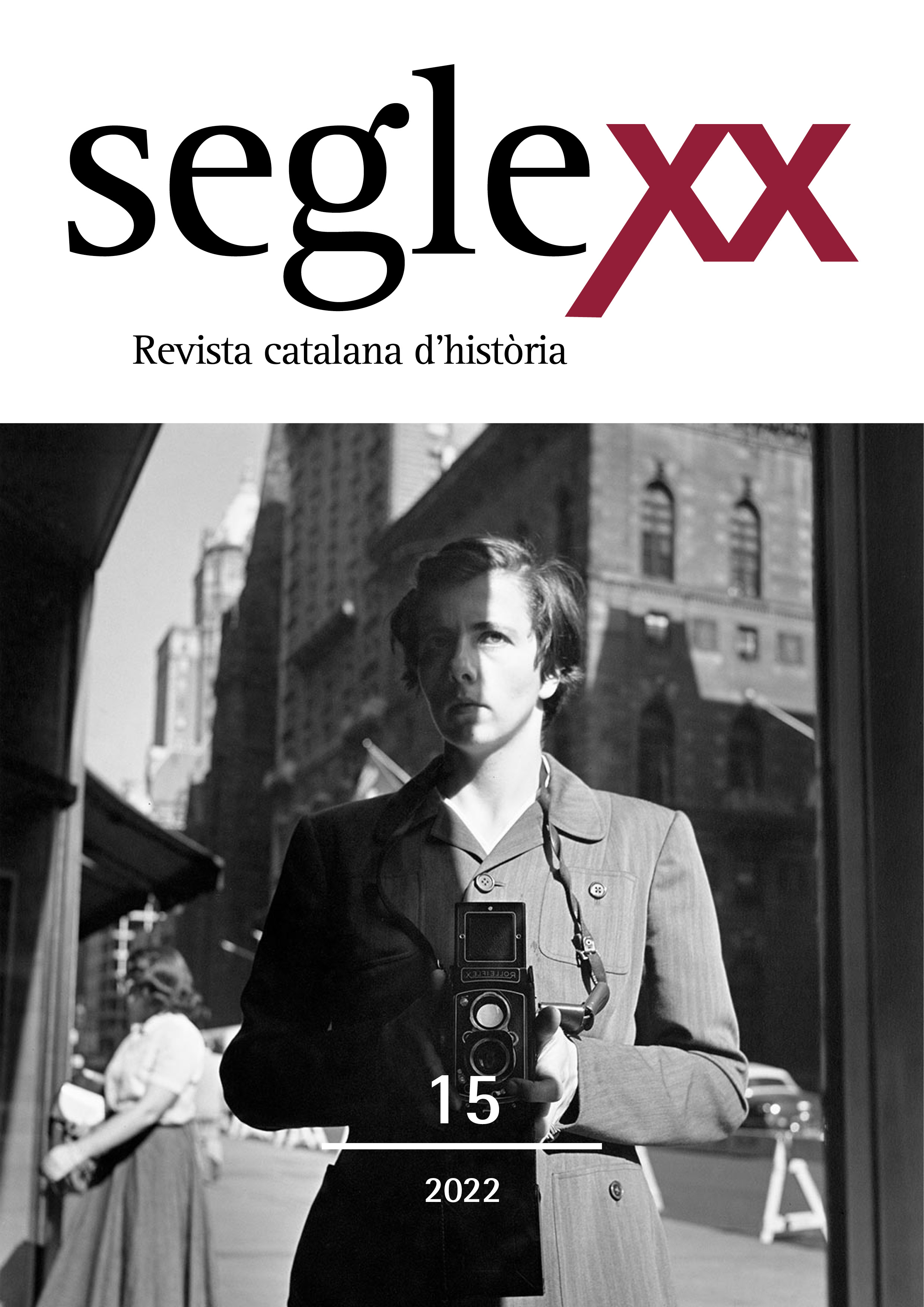Nostalgia of the future. post-industrial narratives in the mining basins of Asturias
Keywords:
Nostalgia, Narratives, Posindustrial, half-life of deindustrialization, structure of feellingAbstract
Through a selection of extracts from oral testimonies, collected fromthe 1990s to the present day, this article reconsiders ideas about nostalgia in the context of the process of deindustrialisation and post-industrial transformation in the mining areas of Asturias. Based on the idea of the persistence of deindustrialism, conceptualised as “Thehalf-life of deindustrialization” by sociologist Sherry Linkon, the aims to show how the narratives, discourses and representations of this process symbolically mobilise the industrial past to find answers to present uncertainties without necessarily suffering from what has been labelled as the “disease” of nostalgia. Similarly, these narratives can be seen as representations of a structure of feeling.
Downloads
References
BECK, U., 1998. La sociedad del riesgo. Hacia una nueva modernidad. Paidós, Barcelona.
BOYM, S., 2015. El futuro de la nostalgia. Antonio Machado Libros, Madrid.
COWIE, J. y HEATHCOTT, J., 2003. Beyond the ruins. The meanings of deindustrialization. Cornell University Press, New York.
DAVIS, F., 1979. Yearning for Yesterday. A Sociology of nostalgia. The Free Press, New York.
DEVILLARD, M. J., 1997. “Ye una cadena. Minería y estrategias de reproducción social”, Antropología. Revista de pensamiento antropológico y estudios etnográficos (13), pp. 103-119.
DÍAZ MARTÍNEZ, I., 2020. “De la mobilisation à la création de l`Institut national de la silicose des Asturies, Espagne. Le développement de la securité au travail dans le secteur minier pendant le franquisme”, en Health down in the mine. Stakeholders and Healthcare systems. Centre Historique Minier a Lewarde, Lewarde, pp. 128-135.
~ , 2018. “The Trauma of a Non-Traumatic Decline. Narratives of Deindustrialisation in Asturian Mining: The HUNOSA Case”, BIOS – ZeitschriftfürBiographieforschung, Oral History und Lebensverlaufsanalysen (2), pp. 53-66.
DÍAZ MARTÍNEZ, I. y VEGA GARCÍA, R., 2013. “El ciclo de las grandes huelgas mineras”, en VEGA GARCÍA, R. (coord.): El Movimiento Obrero durante el franquismo (1937-1977). KRK, Asturias, pp. 261-307.
CLARKE, J., 2015. “Closing time: deindustrialization and nostalgia in contemporary France”, History Workshop Journal (79:1), pp. 107-125.
KÖHLER, H. D. (coord.), 1996. Asturias: El declive de una región industrial. Trea, Gijón.
GARCÍA GARCÍA, J.L., 2007. “Las fronteras del estigma. De mineros y prejubilados”, en CUNHA, M. y CUNHA, L. (org.): Intersecçoes Ibéricas. Margens, passagens e fronteiras. 90 Grauss, Lisboa, pp. 227-249.
LINKON, S. L., 2018. The half-Life of Deindustrialization. Working-class writing about economic restructuring. University of Michigan Press, USA.
ORTÚN SILVA, P., 1987. “La integración en la CECA y su repercusión para España”, Papeles de Economía Española (3), pp. 365-381.
ROMANÍ, N., 2021. La historia de la nostalgia. Catedral, Barcelona.
SENNET, R., 2000. La corrosión del carácter. Anagrama, Barcelona.
SMITH, L., 2017. “Nostalgia for the future”: memory, nostalgia and the politics of class”. International Journal of Heritage Studies (23:7), pp. 612-627.
STRANGLEMAN, T., 2012. “Work identity in crisis? Rethinking the problem of attachment and loss at work”, Sociology, pp. 1-15.
VEGA GARCÍA, R., 2018. “Looking back: representations of the industrial past in Asturias”, en WICKE, C., BERGER, S. y GOLOMBECK, J. (eds.). Industrial Heritage and Regional Identities, Routledge, London, pp. 32-55.
VEGA GARCÍA, R. y DÍAZ MARTÍNEZ, I., 2013. “Conflictos obreros y movilizaciones sociales en el tardofranquismo y la transición (1965-1977)”, en VEGA, RUBÉN (coord.). El movimiento obrero en Asturias durante el franquismo, 1937-1977. KRK, Asturias, pp. 309-370.
VEGA GARCÍA, R., 2011. “Entre el Estado y el mercado. La clase obrera asturiana de la lucha antifranquista a la crisis industrial”. En TÉBAR HURTADO, J. (ed.): El movimiento obrero en la gran ciudad. De la movilización a la crisis económica. El Viejo Topo, Barcelona, pp. 147-176.
Downloads
Published
How to Cite
Issue
Section
License

This work is licensed under a Creative Commons Attribution-NonCommercial-NoDerivatives 4.0 International License.
The author who publishes in this journal agrees to the following terms:
a. The author exclusively assigns all intellectual property rights to the publisher worldwide and for the entire duration of the applicable intellectual property rights.
b. The publisher will distribute the texts under the Attribution-NonCommercial-NoDerivs 4.0 International, which allows the work to be shared with third parties, as long as they acknowledge the authorship, the initial publication in this magazine and the conditions of the license.












